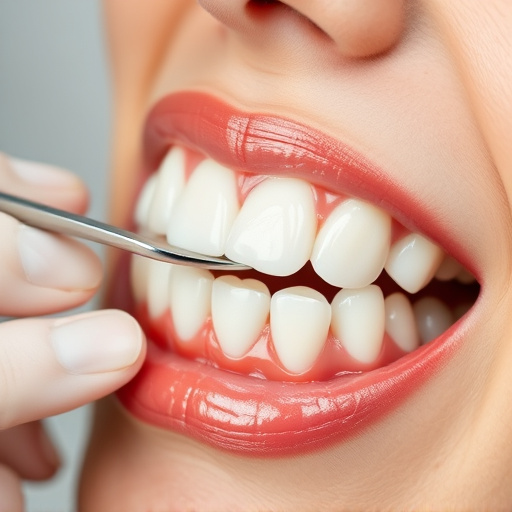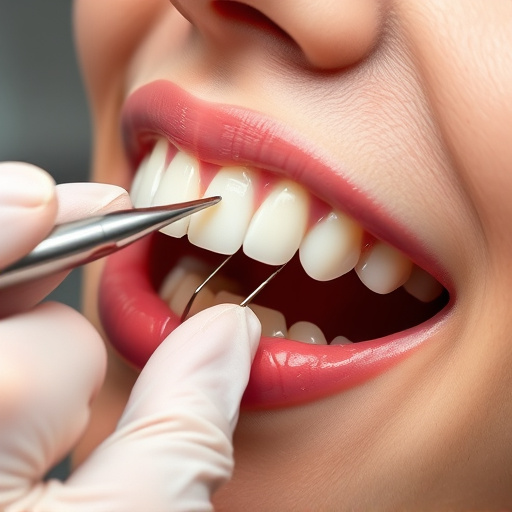Conservative dental treatments focus on minimizing invasive procedures, prioritizing preservation of natural tooth structure for long-term oral health. This approach includes simple fillings, careful tooth shaping, bonding, and micro-abrasion, aiming at patient comfort and effective repair. Opting for non-invasive procedures like composite fillings and clear aligners maintains tooth structure, reduces need for extensive surgeries, and enhances overall oral well-being.
Explore the world of conservative dental treatment—a gentle approach to oral care that prioritizes long-term health and aesthetics. This article delves into the essential practices, highlighting their benefits for a safe and effective experience. From understanding the principles behind conservative treatments to exploring common procedures, you’ll discover why choosing gentle options are wise decisions for your smile.
- Understanding Conservative Dental Treatments
- Benefits of Choosing Safe, Gentle Options
- Common Conservative Procedures Explained
Understanding Conservative Dental Treatments
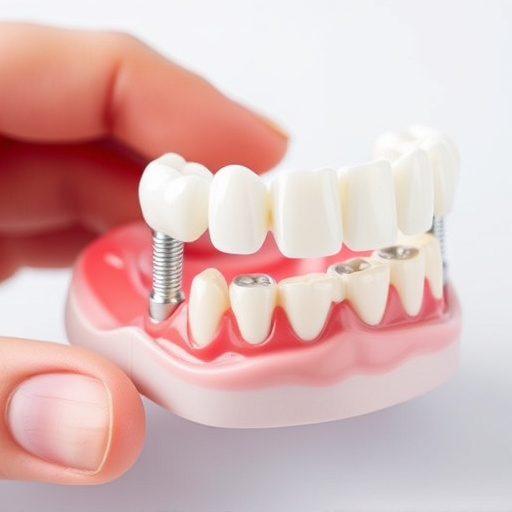
Conservative dental treatments focus on minimizing invasive procedures while promoting long-term oral health. These approaches prioritize preserving as much natural tooth structure as possible, which can be particularly beneficial for patients seeking to avoid extensive or costly procedures. By adhering to conservative practices, dentists can effectively manage various dental issues, from minor decay to slight misalignments, without resorting to drastic measures.
This approach is especially relevant in children’s dentistry and restorative dentistry, where the goal is not just to repair but also to educate patients on maintaining optimal oral hygiene. Conservative treatments may include simple procedures like fillings for early-stage decay, careful tooth shaping for minor corrections, or even advanced techniques such as bonding and micro-abrasion for more complex cases. The ultimate aim is to ensure effective tooth repair while preserving the patient’s comfort and long-term dental well-being.
Benefits of Choosing Safe, Gentle Options
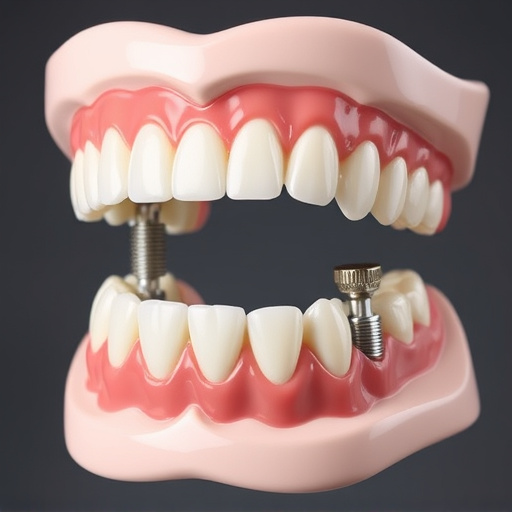
Choosing safe and gentle conservative dental treatment options offers numerous advantages for patients seeking to maintain optimal oral health without unnecessary risks or discomfort. By prioritizing non-invasive procedures, individuals can avoid extensive surgeries or aggressive treatments that may cause temporary or long-term adverse effects.
Opting for conservative approaches like dental fillings instead of more drastic measures, such as extractions, allows teeth to be restored and strengthened while preserving their natural structure. Regular routine oral exams and dental cleanings play a pivotal role in this process, as they help detect potential issues early on, making conservative treatments even more effective and reducing the need for more intensive procedures.
Common Conservative Procedures Explained
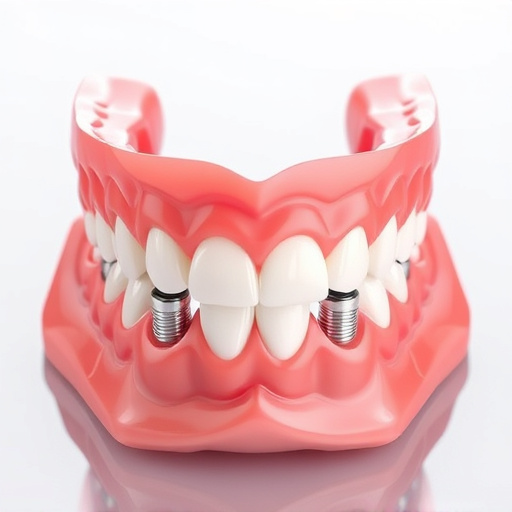
In the realm of conservative dental treatment, several procedures aim to preserve tooth structure and overall oral health while addressing minor to moderate dental issues. One such popular option is composite filling, where a tooth-colored resin is used to repair cavities, restoring both function and aesthetics. This non-invasive technique is ideal for small to medium-sized decays, providing a long-lasting solution without the need for extensive tooth removal.
Another common conservative procedure involves clear aligners, often recommended for mild to moderate cases of tooth misalignment or gaps between teeth. These transparent trays, custom-made for each patient’s smile, gently guide teeth into their proper positions over time. Unlike traditional braces, clear aligners offer a discreet and comfortable alternative, making them a popular choice among those seeking subtle yet effective tooth repair solutions in general dentistry.
Choosing conservative dental treatments offers a practical and safe approach to oral care. By opting for gentle, minimally invasive procedures, individuals can maintain optimal dental health while preserving tooth structure. With an array of options available, from fluoride applications to pit and fissure sealing, patients now have more control over their treatment plans. Embracing these safe and effective techniques ensures a healthier smile for years to come.












